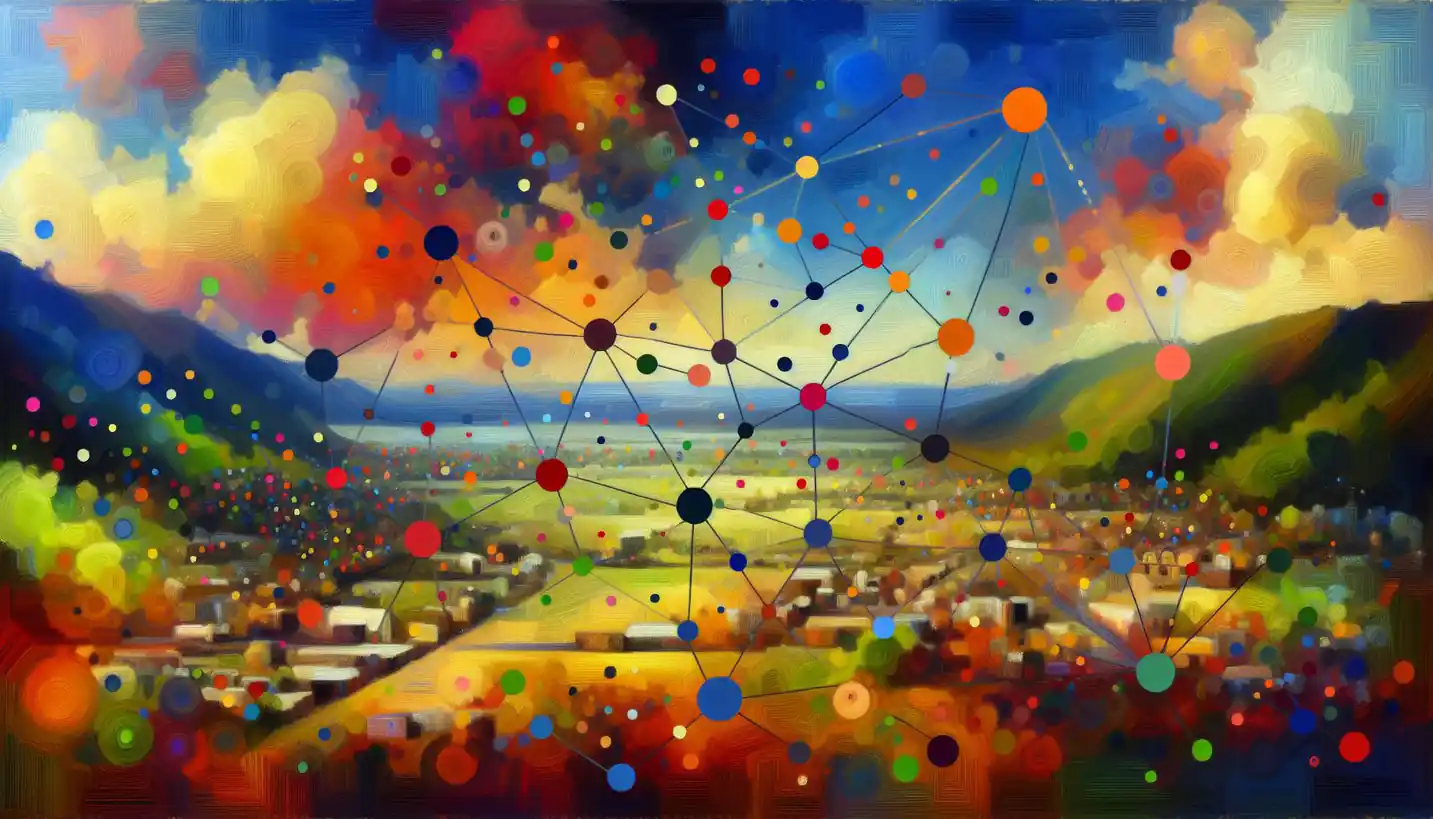· Sociology · 4 min read
Smart Growth in Urban Sociology: Building Tomorrow's Cities Today
Smart growth guides urban planning, aiming to build sustainable cities for the future. Learn how sociology contributes to creating livable and efficient urban environments.

Picture a bustling city where people can walk or bike to work, playgrounds are just around the corner, and green spaces flourish. This isn’t just a dream—it’s the vision inspired by an approach called “smart growth.” Let’s dive into this fascinating concept and see how it shapes our cities for the better.
What is Smart Growth?
At its core, smart growth is an urban planning and transportation strategy that emphasizes sustainable and efficient city development. It’s like giving a city a smart makeover, making it more livable, economically robust, and environmentally friendly. The idea is to balance the needs of a growing population with the preservation of natural resources, supporting thriving communities without stretching resources thin.
The Principles of Smart Growth
Walkable Neighborhoods
Imagine living in a neighborhood where everything you need is just a stroll away. This is one of the main draws of smart growth. It encourages the creation of pedestrian-friendly areas with shops, schools, and parks that are not only accessible but also enjoyable to explore on foot. By reducing reliance on cars, these neighborhoods also cut down on pollution and traffic jams.
Mixed-Use Development
Ever notice how some areas feel isolated, with rows of houses devoid of grocery stores or cafes? Smart growth advocates for mixed-use spaces, where residential, commercial, and recreational facilities coexist. This setup not only makes life more convenient but also builds dynamic communities with lively street scenes.
Public Transport and Connectivity
A key component is the development of reliable and efficient public transport systems. Think of bustling buses and sleek trains connecting different parts of a city. With better connectivity, people are less likely to spend hours in car commutes, leading to reduced carbon emissions and more time for hobbies and family.
The Story of Portland, Oregon
Portland serves as a shining example of smart growth in action. Faced with rapid urban sprawl in the late 20th century, city planners took bold steps to implement smart growth strategies. They established urban growth boundaries to protect surrounding forests and farmland, encouraging development within the city instead of expanding outward. The results? A vibrant community with extensive bike lanes, efficient public transport, and flourishing green spaces.
Why Smart Growth Matters
Environmental Impact
Smart growth is a friend of the environment. By focusing on compact, well-planned urban areas, it reduces the destruction of natural habitats and conserves energy. Less urban sprawl means fewer forests are cut down, and more open space is preserved for wildlife and recreation.
Economic Benefits
When cities are designed thoughtfully, they attract businesses and tourists alike, boosting local economies. Smart growth creates jobs in construction, transportation, and services, ultimately building resilient economies that can withstand fluctuations better.
Quality of Life
Beyond the environment and economy, smart growth strategies can significantly enhance daily life. They foster a sense of community, as neighbors can easily meet and interact in shared spaces. Plus, with reduced commuting times and better access to amenities, people can enjoy a more fulfilling lifestyle.
Overcoming Challenges
Implementing smart growth isn’t always a walk in the park. Skeptics argue it’s complex and costly, and it requires overcoming significant regulatory and political hurdles. Successful implementation depends on cooperation between government entities, private developers, and the community itself.
Community Involvement
For smart growth to truly work, the community must be on board. It’s crucial for residents to have a say in how their city develops, ensuring that plans reflect the needs and desires of those who live there. Engaging local voices can lead to innovative solutions and stronger community ties.
Future of Smart Growth
As urban populations swell, the call for smart growth becomes even more urgent. New technologies, such as GIS mapping and data analytics, help planners design smarter cities. Imagine cities with intelligent traffic systems that minimize congestion or green buildings that generate more energy than they use.
Innovations on the Horizon
Smart growth isn’t static. As we advance, smart cities will integrate technologies that further enhance sustainability and livability. Think of solar-powered public lighting, smart waste management systems, or IoT devices that optimize water and energy use.
Conclusion
Smart growth is about crafting cities that we not only live in but love living in. It’s a hopeful reminder that with thoughtful planning and collaboration, we can create urban spaces that are vibrant, sustainable, and inclusive for everyone. So the next time you walk through a well-designed park or hop on an efficient tram, remember—these are the steps toward the smarter cities of tomorrow.



